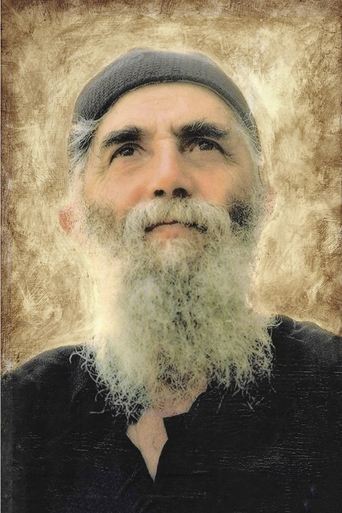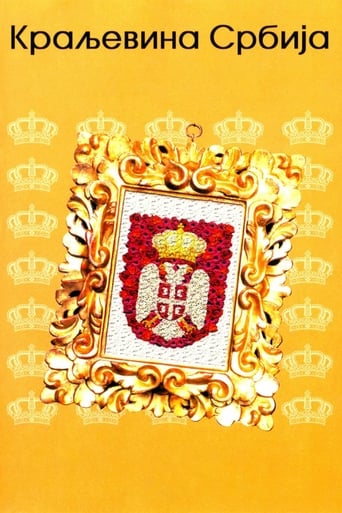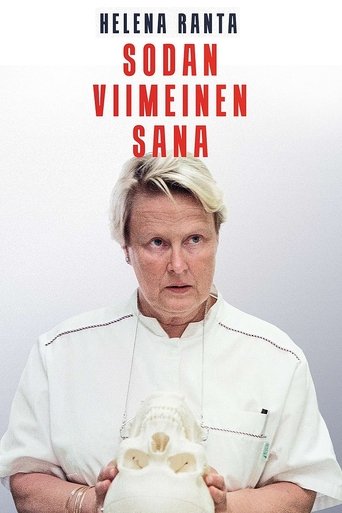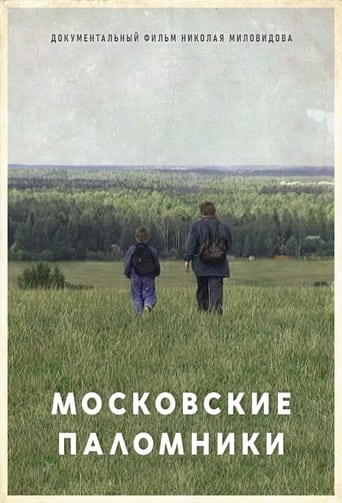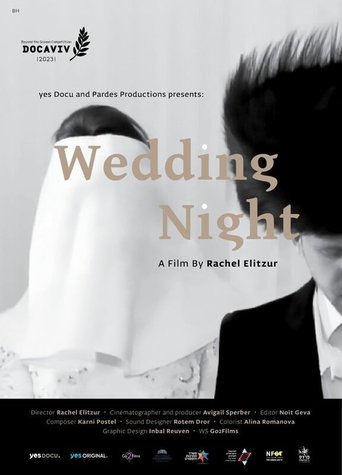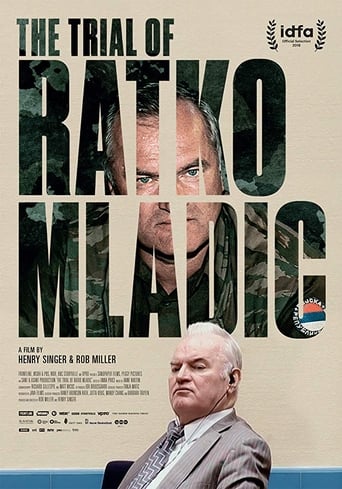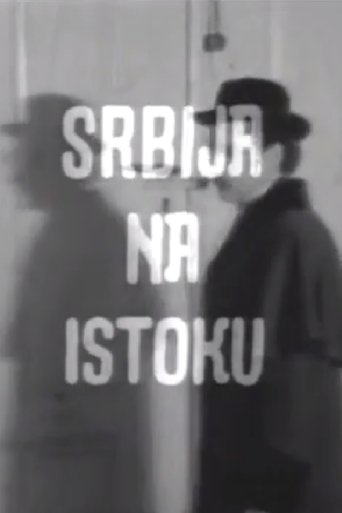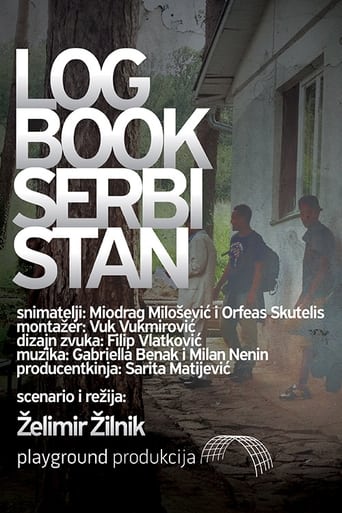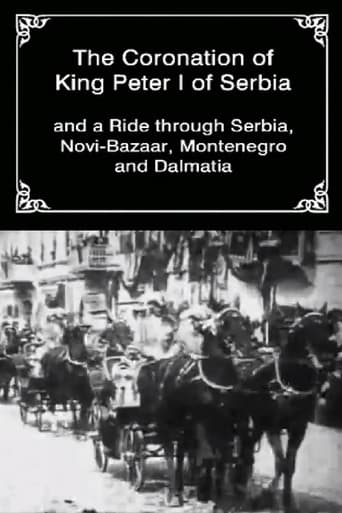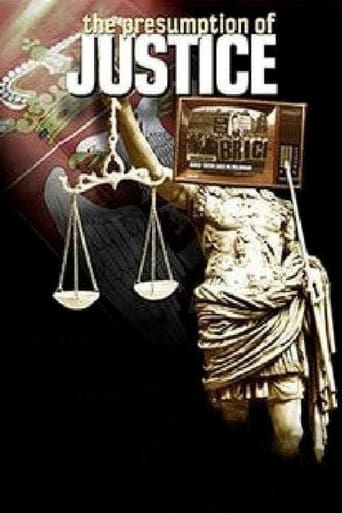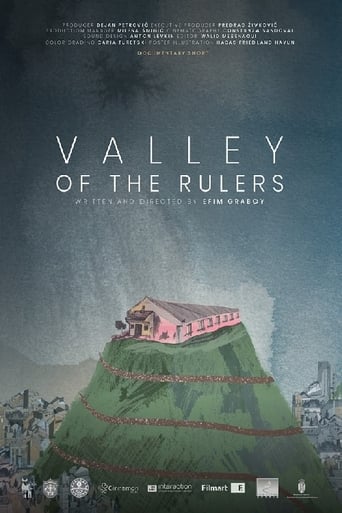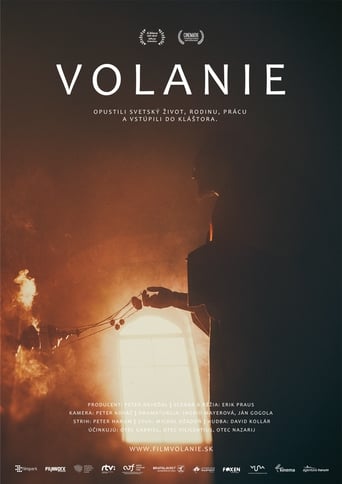
31 Oct 2019

The Calling
In its portraits of three monks, Erik Praus’s documentary captures the inimitable spiritual ambiance and mysticism of Pochayiv Lavra, an Eastern Orthodox monastery on a hill above the town of Pochayiv in western Ukraine’s Ternopil Oblast. Fathers Gabriel, Vicilentius and Nazarij have left their past traumas behind, finding peace, balance and their lives’ meaning at the monastery. Their stories are allegories of spiritualization and purification from human passions against the backdrop of the turbulent Ukrainian reality. Motivated by material need and spiritual desperation, the faithful flock to this place of pilgrimage in search of new strength and forgiveness. The film respectfully observes the monks’ everyday lives, while also noticing the opulent splendour of their surroundings. The road to faith is not a privilege of the chosen few; it is open to all who hear its “calling”.
